 What should a sailor carry with him or her when clambering around a boat or sailing ship? A rigging knife and marlinspike are common. Some prefer a sheath knife, whereas I am happy with a folding knife and marlinspike that I carry in my pocket on a lanyard clipped to a belt loop. A multi-tool of some sort can also be useful. I have two different sized “Leatherman” tools that I can also slip into my pocket on a lanyard. Of course, too much in your pockets or a sheath on your belt can cause your pants to sag. And then there is managing the lanyards which are easy to catch on most anything that one passes by.
What should a sailor carry with him or her when clambering around a boat or sailing ship? A rigging knife and marlinspike are common. Some prefer a sheath knife, whereas I am happy with a folding knife and marlinspike that I carry in my pocket on a lanyard clipped to a belt loop. A multi-tool of some sort can also be useful. I have two different sized “Leatherman” tools that I can also slip into my pocket on a lanyard. Of course, too much in your pockets or a sheath on your belt can cause your pants to sag. And then there is managing the lanyards which are easy to catch on most anything that one passes by.
Leatherman has a new answer, at last when it comes to a multi-tool. Why not wear all your tools as a bracelet? The Leatherman Tread is just that — 29 tools in one, on a bracelet that also looks like it might be useful in a bar fight. There is a short video showing the Tread’s features after the page break.

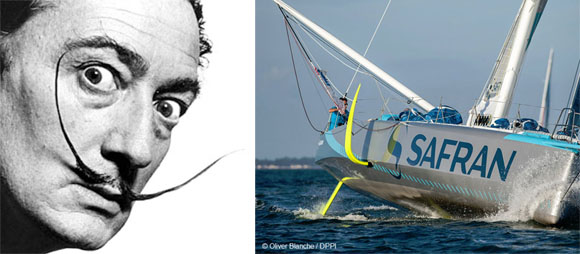
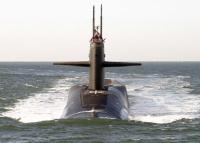 The nuclear submarine
The nuclear submarine 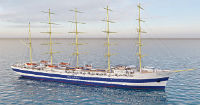 In May, we posted that
In May, we posted that 
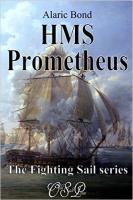 Alaric Bond’s new novel
Alaric Bond’s new novel  Today I saw the movie, “In the Heart of the Sea,” directed by Ron Howard and somewhat loosely based on Nathaniel Philbrick’s
Today I saw the movie, “In the Heart of the Sea,” directed by Ron Howard and somewhat loosely based on Nathaniel Philbrick’s  Today in theaters in the US, the movie
Today in theaters in the US, the movie 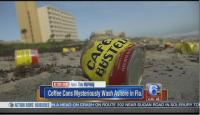 This week, the beach in Melbourne, Florida was suddenly covered with
This week, the beach in Melbourne, Florida was suddenly covered with  I recently came across a sea story, that, like the best sea stories, has been retold enough times so that the details tend to wander from one version to the other. This much appears to be true. Thirty-five years ago,
I recently came across a sea story, that, like the best sea stories, has been retold enough times so that the details tend to wander from one version to the other. This much appears to be true. Thirty-five years ago, 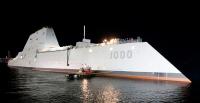 The
The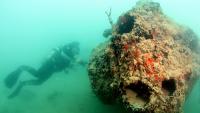 Minutes before the beginning of the attack on the warships of Pearl Harbor on December 7, 1941, Japanese Imperial Navy planes bombed the nearby U.S. Naval Air Station on the east coast of Oahu, destroying twenty-seven Catalina PBY seaplanes on the ground or moored on Kāne‛ohe Bay. Six others were damaged. The PBYs were a strategic target for the Japanese because the long-range patrol bombers could have potentially followed the Japanese planes back to their carriers.
Minutes before the beginning of the attack on the warships of Pearl Harbor on December 7, 1941, Japanese Imperial Navy planes bombed the nearby U.S. Naval Air Station on the east coast of Oahu, destroying twenty-seven Catalina PBY seaplanes on the ground or moored on Kāne‛ohe Bay. Six others were damaged. The PBYs were a strategic target for the Japanese because the long-range patrol bombers could have potentially followed the Japanese planes back to their carriers. 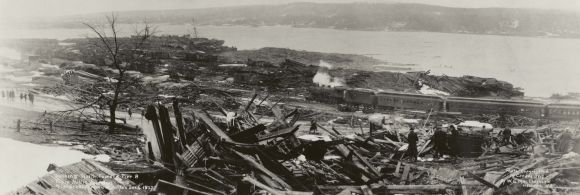 Ninety-eight years ago today, on the morning of December 6, 1917, the French freighter SS Mont-Blanc collided with the SS Imo, a Norwegian ship chartered to carry relief supplies to Belgium, in the Narrows, a strait connecting the upper Halifax Harbour to Bedford Basin. The collision at first seemed minor, the two ship hitting at only about a knot. Nevertheless, a fire broke out aboard the Mont-Blanc, which was loaded with munitions and high explosives. The fire burned out of control and ignited the cargo, causing the
Ninety-eight years ago today, on the morning of December 6, 1917, the French freighter SS Mont-Blanc collided with the SS Imo, a Norwegian ship chartered to carry relief supplies to Belgium, in the Narrows, a strait connecting the upper Halifax Harbour to Bedford Basin. The collision at first seemed minor, the two ship hitting at only about a knot. Nevertheless, a fire broke out aboard the Mont-Blanc, which was loaded with munitions and high explosives. The fire burned out of control and ignited the cargo, causing the  The state oil company SOCAR reports that over 30 are dead or missing after an Azeri drilling rig in the Caspian Sea caught fire yesterday. The fire started after a storm damaged a natural gas pipeline, causing the platform’s partial collapse. Rescue efforts have been hampered by the severity of the storm. One body has been recovered and 30 others are reported to be missing. 32 workers were evacuated safely from the rig. In a statement, SOCAR said that “The fire in the gas pipeline has not been completely extinguished and it has not been ruled out that it could spread to oil and gas wells near the platform…”
The state oil company SOCAR reports that over 30 are dead or missing after an Azeri drilling rig in the Caspian Sea caught fire yesterday. The fire started after a storm damaged a natural gas pipeline, causing the platform’s partial collapse. Rescue efforts have been hampered by the severity of the storm. One body has been recovered and 30 others are reported to be missing. 32 workers were evacuated safely from the rig. In a statement, SOCAR said that “The fire in the gas pipeline has not been completely extinguished and it has not been ruled out that it could spread to oil and gas wells near the platform…”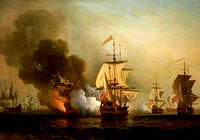 Today, Colombia’s President Juan Manuel Santos announced that it has found the wreck of the galleon San José, what some have called the “holy grail of shipwrecks.” He
Today, Colombia’s President Juan Manuel Santos announced that it has found the wreck of the galleon San José, what some have called the “holy grail of shipwrecks.” He 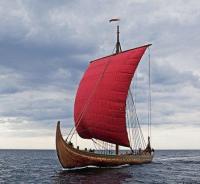 We recently
We recently 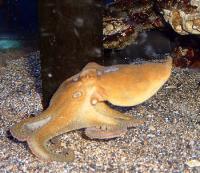
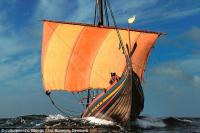 Looking for the perfect holiday gift? How about an authentic replica Viking longship? A great way to impress the relatives or perhaps get together with 60 close friends to raid a neighboring village. You either can hire a team of researchers and book time in a specialist boat yard or you can stop by the gift shop in the
Looking for the perfect holiday gift? How about an authentic replica Viking longship? A great way to impress the relatives or perhaps get together with 60 close friends to raid a neighboring village. You either can hire a team of researchers and book time in a specialist boat yard or you can stop by the gift shop in the